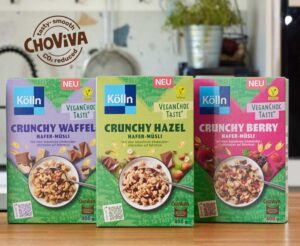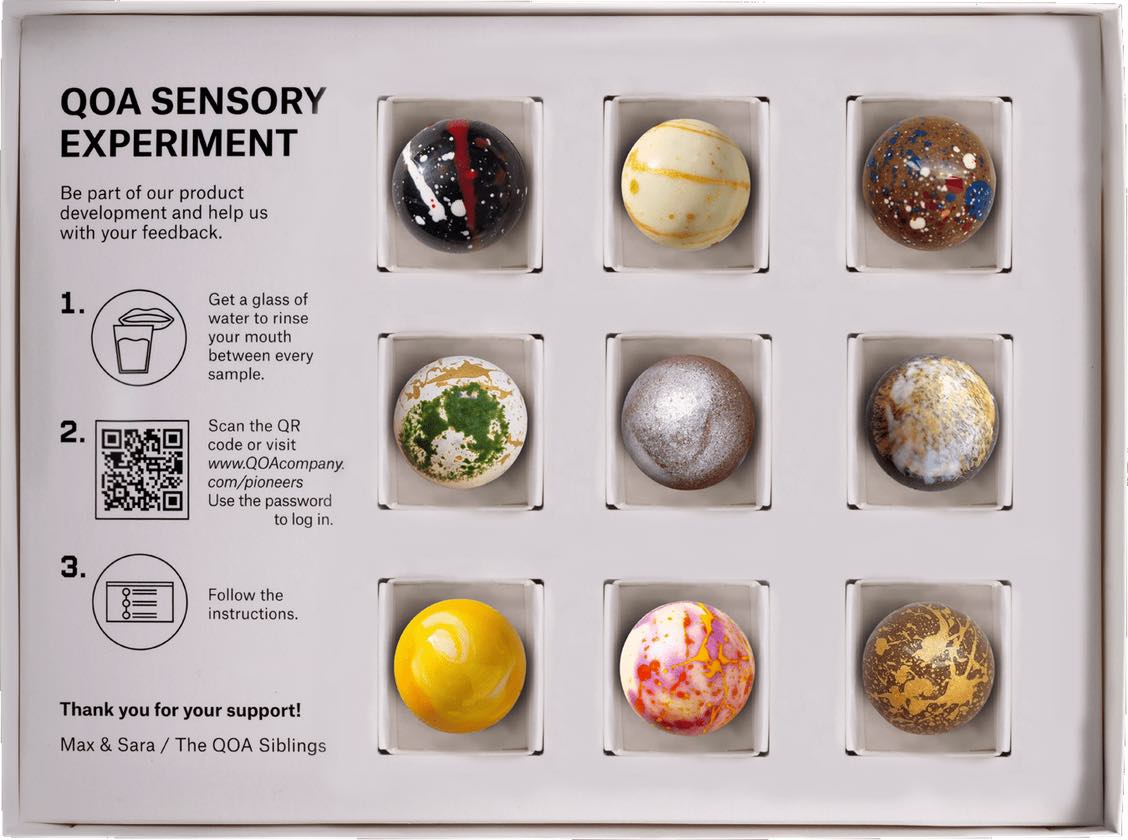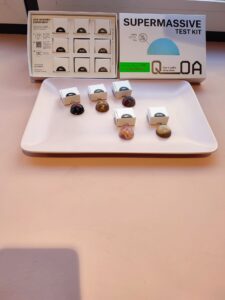From the Cacao Bean to the Chocolate Bar – How is the Chocolate we Love Made?
Chocolate, a ubiquitous and universally popular dessert, is produced from cacao beans obtained from the cacao plant, formally named theobroma cacao which translates to “food of the gods”. But the beans we get from his tropical fruit tree are far from the chocolate we enjoy every day. There are different terms that describe the method of producing a chocolate bar. If the cacao tree farmer participates in the process from the growing of the plant to the final product, such production is called tree-to-bar and includes a series of steps: starting with the cultivation of the trees, harvesting, cleaning of the fruits, fermentation of the beans, drying, roasting, breaking, winnowing, grinding, conching, tempering and finally molding, cooling and packaging. Chocolate makers are those who produce couverture from procured cacao beans, which is later used to make the final product. Highly valued bean-to-bar chocolate makers are those who don’t purchase couverture, but rather procure beans themselves and create chocolate bars themselves. There are only a few such producers in Croatia – Nadalina from Solin and Taman Artisan Chocolates from Zagreb . Chocolatiers usually get involved in the bar production process somewhere halfway – when the already made chocolate couverture needs to be tempered and refined with various infusions and inclusions. We can conclude that the production of quality chocolate is a complex process that regularly extends over half the world.
Is Chocolate Disappearing? The Question of Sustainability of the Popular Dessert.
The media often warn of the danger of chocolate disappearing. The main reasons are the rise in prices, diseases of the cacao plant, poor harvests and the like. But these are mostly the consequences of problems that lie much deeper, and which significantly affect sustainability. Everything starts from the farms where cacao is grown. Widespread exploitation of workers (mainly in Africa, Asia and South America), ecologically unacceptable management of cacao plantations (deforestation, forcing of monocultures), demanding and expensive logistics (raw materials are created around the equator, but processed mostly in Europe and North America) and the addition of unacceptable ingredients in chocolates (such as palm oil and huge amounts of sugar)… All of the above is done with the aim to satisfy the global appetite for more and more chocolate. At the expense of quality and sustainability. Although we have not reached collapse yet, the long-term forecasts are not optimistic, because the growth of production, with the simultaneous exhaustion and devastation of farms, cannot go on indefinitely.
How to Save Chocolate?
The most obvious solution is to eat less chocolate. But high quality chocolate. As consumers, we should give up the cheap (and sometimes even compound) chocolates that are offered to us at discount prices in supermarkets. Let’s eat less, but quality. Let’s avoid products with palm oil instead of cacao butter. Let’s give up sugar bars with cacao powder of undocumented origin. Let’s choose only what is sustainable – let’s put quality before quantity. And put the compound chocolates, which bakeries use for “chocolate croissants” and “chocolate muffins”, aside.
Are there any Quality Alternatives to Chocolate?
Compound chocolates as a rule are not characterized by high-quality, but by low price. And they are unsustainable because they still use many of the same raw materials as real chocolate, only with an emphasis on cheap ingredients (sugar, low-quality cacao powder, vegetable fats, emulsifiers, artificial flavors, and the like). It is a segment in which an alternative is being developed by more and more manufacturers, such as the German Planet A Foods which offers Choviva, formerly known as NoCoa.
What is ChoViva and what are its Advantages?
First of all, one thing should be emphasized – ChoViva is not chocolate. And it doesn’t claim to be. ChoViva is a sustainable alternative that strives to offer a taste and experience as close as possible to that of real chocolate. It achieves this by using plant raw materials that are geographically close to the production and markets (i.e. Germany and the Czech Republic) as a base instead of the cacao tree. They use local grains and sunflower seeds, which significantly shortens logistics chains (no deliveries halfway around the globe) and easily controls the quality of suppliers (no anonymous plantations where workers may be exploited). This alone saves 90% of CO2 emissions compared to classic chocolate. There are vegan options, but considering the grains that are in the base, they do not guarantee that it is gluten-free. ChoViva is suitable for cooking and baking, children and pregnant women can eat it. It is not even toxic to dogs, which is the case with chocolate.
What does “Chocolate without Cacao” Taste Like?
Like any other dessert ChoViva has to prove itself first of all in one area, and that is taste. At the Chocolate Museum Zagreb we had the opportunity to participate in their large research at the end of 2021, when they sent their “Supermassive Test Kit” to a limited number of participants (only 300 of them). Back then, under the brand Qoa, they prepared a box with different “pralines” made from NoCoa (today’s ChoViva), filled with a wide variety of interesting fillings. And while we still prefer classic chocolate, we have to acknowledge that many of the samples had a very interesting and appealing taste. In production, they managed to obtain a high shine, characteristic of high-quality tempered chocolate, and also to some extent the firmness of the praline shells, due to which they crack beautifully during tasting. Today, a year and a half later and after rebranding to ChoViva, you can find their refined products on the German and Austrian market.
Where can You Find ChoViva?
The team from Planet A Foods did not stop at research, but kicked off serious production. After starting a factory in Czech Pilsen, they offered a whole range of applications on the market. In cooperation with the German Seidl Confiserie they developed a series of sweets based on ChoViva (such as bars with orange, dragees with almonds, cranberries or raisins, hot drinks…), and recently they are also in the vegan offer of the well-known Kölln muesli. We are no longer just talking about an exotic idea, but about an innovation in the food industry that is offered to a broad market.

Will “Chocolate without Cacao Beans” Replace Chocolate?
We will dare to look into the crystal ball and assess what awaits us. Our prediction is that it will not replace premium chocolate. And it’s not just due to the taste, but more because it’s simply not the same product. Top artisan and craft chocolatiers will certainly continue to surprise us with fabulous and original creations that require cacao beans as a basis.
But cheap “supermarket chocolates”, just like the surrogates used in confectionery, will have a serious competitor in ChoViva. Because while taste is still a subjective matter (largely influenced by habit), environmental impact and sustainability are not. And in these fields ChoViva wins hands down. Over time, the price will probably come closer to that of cheap chocolate of lower quality, and thus the availability.
Let’s go back to the question from the beginning of the article: How to save chocolate? Perhaps ChoViva is not a threat to the world of chocolate, but quite the opposite – its savior. Because by reducing the amount of low-quality processed products based on cacao beans, more raw materials remain for the production of premium chocolates. Which should have a positive effect on the entire supply chain – from farmers in Ivory Coast to gourmets in Croatia. Time will tell if we may be witnessing a revolution in confectionery that will end up being a win-win for everyone.
Domagoj Ilija Cerovac, 21.09.2023




